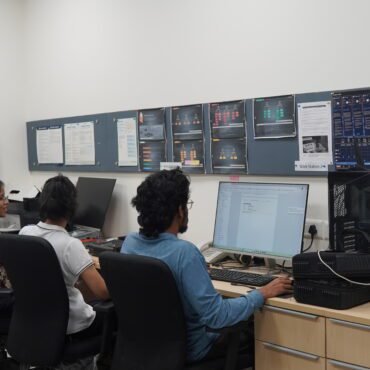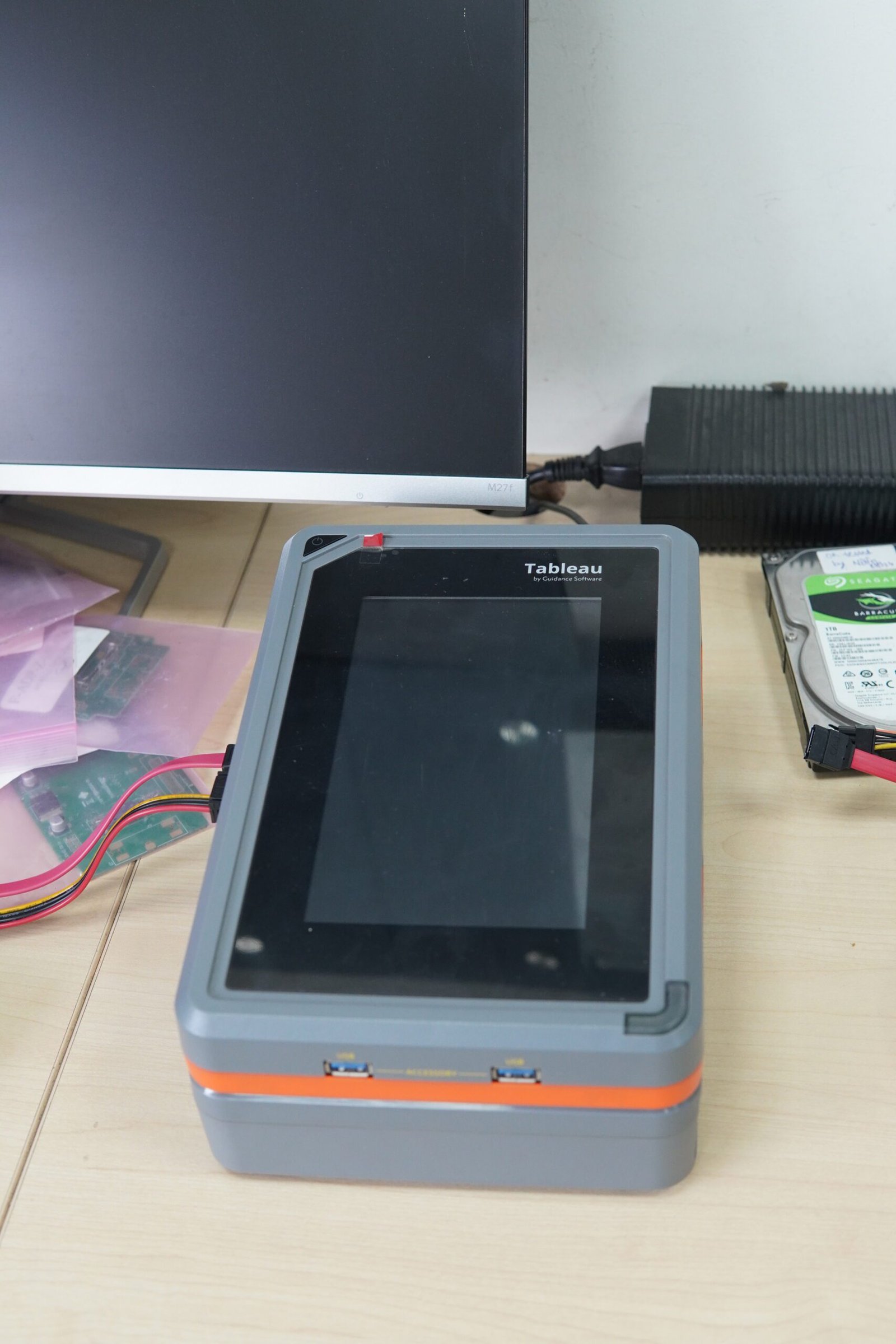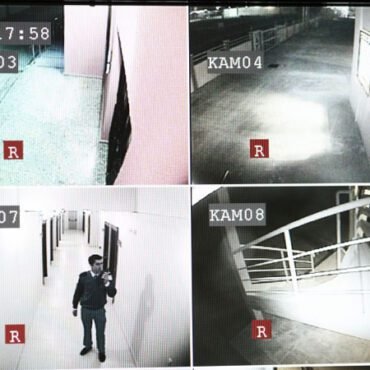Introduction
In digital forensics, hard drives are one of the most common sources of evidence. Among them, the SATA (Serial ATA) drive remains widely used in desktops, laptops, and servers. Forensic investigators often need to safely acquire data from these drives without altering the original evidence. This is where tools like the Tableau TX1 Forensic Imager come into play.
In this blog, we’ll explain what a SATA drive is, how to identify its types, and how to connect and create a forensic image using the Tableau TX1 Imager.
What is a SATA Drive?
A SATA (Serial Advanced Technology Attachment) drive is a storage device that connects to a computer’s motherboard via a SATA interface. It replaced the older IDE (PATA) drives, offering faster data transfer rates and more reliable performance. SATA drives are used in desktops, laptops, and servers for storing operating systems, applications, and personal data.
How to Identify a SATA Drive
You can identify a SATA drive by looking at its connectors and form factor:
-
Connector Shape – SATA drives have a flat, L-shaped 7-pin data connector and a 15-pin power connector.
-
Form Factor – Commonly available in 3.5-inch (desktop HDDs) and 2.5-inch (laptop HDDs/SSDs) sizes.
-
Labelling – Manufacturers often mark the drive as “SATA” on the label along with capacity and model details.

Types of SATA Drives
SATA drives have evolved through several generations:
-
SATA I (1.5 Gbps): First generation, now obsolete.
-
SATA II (3.0 Gbps): Improved speed, still used in older systems.
-
SATA III (6.0 Gbps): Current standard, commonly found in modern HDDs and SSDs.
-
SATA HDDs: Traditional spinning hard drives, offering large storage at a lower cost.
-
SATA SSDs: Solid State Drives with faster speeds, widely used for operating systems and active files.
Introduction to Tableau TX1 Forensic Imager
The Tableau TX1 Forensic Imager is an industry-standard device used by forensic experts to acquire digital evidence. It supports multiple interfaces, including SATA, IDE, USB, PCIe, SAS, and NVMe, making it highly versatile. Its main function is to create a forensic image of storage media while maintaining write-blocking, ensuring that the source data is never altered.
How to Connect a SATA Drive to Tableau TX1
Follow these steps to safely connect a SATA drive:
-
Power Off TX1: Always begin with the TX1 powered off.
-
Connect the Drive:
-
Power On TX1: Once connected, power on the TX1 Forensic Imager.
-
Device Detection: The TX1 will automatically detect the SATA drive and display details such as manufacturer, model, capacity, and serial number on the screen.
How to Create a Forensic Image Using Tableau TX1
-
Select the Source Drive:
-
Choose the Destination:
-
Select Imaging Format:
-
TX1 supports E01 (EnCase Evidence File), DD/RAW, and Ex01 formats.
-
Select the preferred format based on your investigation requirements.
-
Configure Imaging Options:
-
Start Imaging:
-
Verify Image Integrity:
Why Use Tableau TX1 for SATA Drive Imaging?
-
Write-blocked imaging ensures no alteration to the original evidence.
-
Fast and reliable performance for large drives.
-
Multi-interface support for different storage media.
-
Automatic hash verification for legal admissibility.
Conclusion
Connecting and imaging a SATA drive using the Tableau TX1 Forensic Imager is a straightforward process, but it requires precision and proper procedures to maintain evidence integrity. From identifying the type of SATA drive to creating a verified forensic image, every step is crucial for ensuring that the acquired data is admissible in court.
As digital crimes continue to rise, tools like the TX1 remain indispensable for forensic experts in uncovering the truth.






Post comments (0)